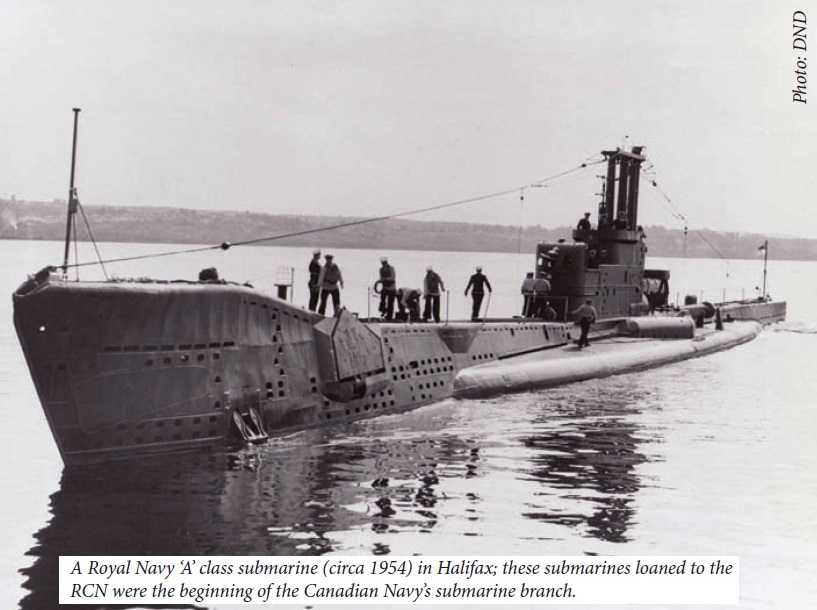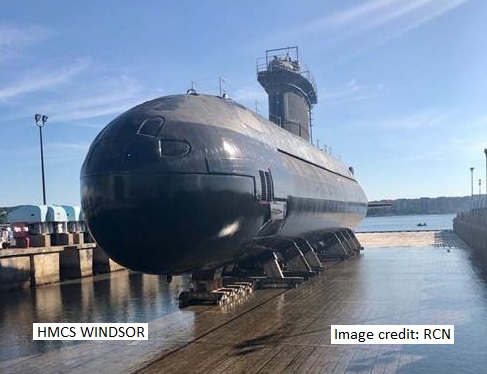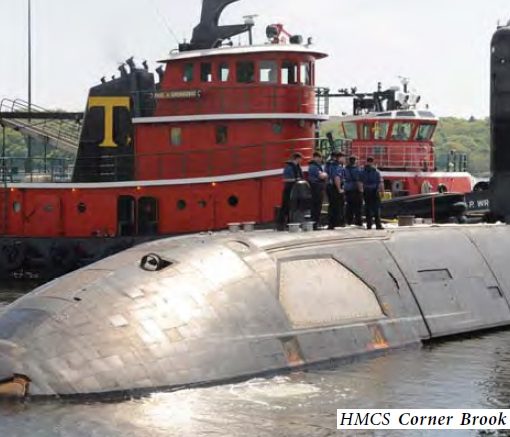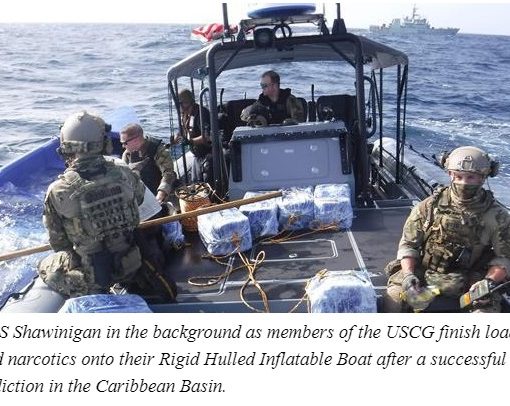Fraser McKee rightly takes me to task for not crediting the sinking of the Italian Marcello-class submarine, R.Smg. Commandante Faá di Bruno, Cdr. Aldo Enrici, CO, by HMCS Ottawa, Cdr. Edmond 'Rollo' Mainguy, CO, and HMS HARVESTER (H19), (ex-Brazilian JURUA), on 6 Nov 1940. I admit that I deliberately did not include this event in my recounting of the history. Here are my reasons why.
In my earlier post is said, “The first enemy submarine definitely sunk by the RCN was the Type IXC boat U-501, on 10 September 1941; two years after hostilities began.” The key word here is “definitely.” It was only from post-war record reconstruction that the fate of Commandante Faá di Bruno was established with reasonable certainty. So, the previous loss of the twelve RCN ships was known with absolute certainty but nothing definite was known about any Canadian victories over Axis submarines until almost a year later when U-501 was destroyed.
Readers should also know that, according to Italian sources, the fate of Commandante Faá di Bruno is still listed as “unknown.” The website Regia Marina Italiana contains a wealth of information from Italian sources, which are not commonly referenced in western treatments of the war. Italian Admiral (ret.) Attilio Duilio Ranieri has written a number of articles about Regia Marina submarines and their operations. In his article on Commandante Faá di Bruno, Ranieri wrote:
On the 31st of October, FAA DI BRUNO departed for its first, and unfortunately only mission in the Atlantic, patrolling west of Scotland. It was assigned the zone between 57°20’N and 58°20 N, west of the 20° meridian west. It should have re-entered on the 5th of January 1941. After the departure all contacts with the boat were lost. The causes of its loss are still unknown. The enemy could have sunk it, but it could have also succumbed to a breakdown, possibly due to the rough sea, which in that season plagues the North Atlantic; or due to an internal fault, such as the explosion of hydrogen gas from the batteries. We do not even know if the boat ever reached the assigned patrol area.
A key to Ranieri’s analysis is when he states: “After the departure all contacts with the boat were lost.” Regular reports by submarine commanders were required by the Kriegsmarine in order to coordinate movements and pass locating information on enemy convoys. That all contact was lost immediately upon departure raises serious doubts about the accuracy of any assessment concerning the submarine’s sinking.





